Do You Find it Difficult to Stand and Walk After Sitting? A Simple Solution is Here
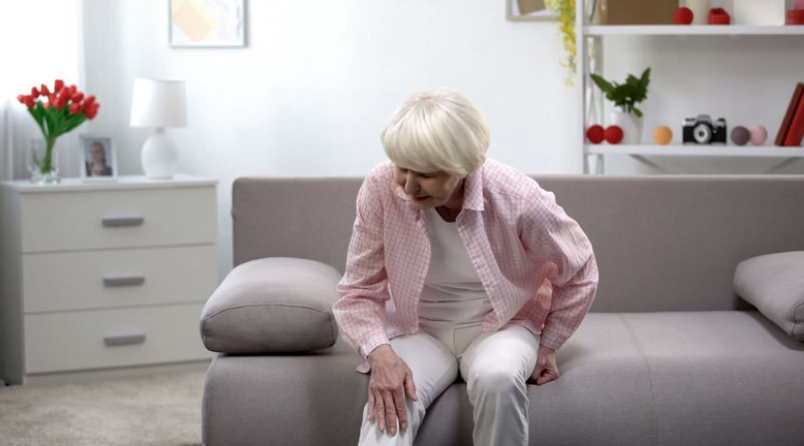
Standing and walking are considered simple human movements that require the use of gravity, balance, and coordination of limbs. It is not uncommon to feel ‘wobbly’ or unsteady on your feet after sitting for a long period. It can be due to reduced blood flow, tight muscles and ligaments, fluid pooled in the body’s lower extremities, or pins and needles sensations in the feet.
When your loved one gets older, they no longer have enough strength for standing and walking. Due to this, seniors tend to sit more often than usual. So when they try to stand up and walk afterward, they may feel a bit unsteady and wobbly. It is a common scenario for older adults. Their limited mobility may lead them to feel less confident and less independent. As someone who looks after an older adult, you must take a step in helping them feel more confident.
We at Serenity Senior Care would like to offer you a simple and effective solution to solve this problem. In this article, you will find different ways to make standing up and walking easier for your loved one.
7 Ways to Make Standing and to walk Easier for Seniors
It is quite challenging to convince your senior loved one to get out of their chair and walk around. You know that they need to do so, but they just don’t seem motivated. They choose to stay seated because they feel it will cause pain and discomfort. So you should give them some encouragement by offering these seven tips.
1. Talk to Your Doctor
There are a lot of causes for standing problems, such as osteoarthritis, rheumatoid arthritis, and other related health conditions. It is useful for your loved one to talk to a doctor about this issue. A doctor can advise you and your loved one on appropriate physical therapy.
A doctor can determine the causes of the problems, along with appropriate ways to resolve them. Effective approaches include:
- Diet or lifestyle change: You should encourage your loved one to eat healthy, nutritious food. They should exercise regularly and take part in activities that strengthen their muscles. Also, they should avoid smoking or drinking alcohol. These unhealthy habits can worsen their health condition and lead to more complicated problems.
- Medication: Your loved one may need to take medicines prescribed by a doctor to enhance the blood flow so that they can easily get up from a sitting position. You should read the medicine instructions and ask your loved one’s doctor about its dosage and usage, as these medications carry risks of side effects, especially for older adults.
- Physiotherapy: Your loved one should consult a physiotherapist in order to help them maintain their good mobility. The physiotherapist may recommend appropriate posture and movement techniques to help your loved one feel more confident. They can also suggest the use of appropriate support tools such as knee scooters and walkers, which can be effective in helping them stand up from a sitting position.
2. Exercise Regularly
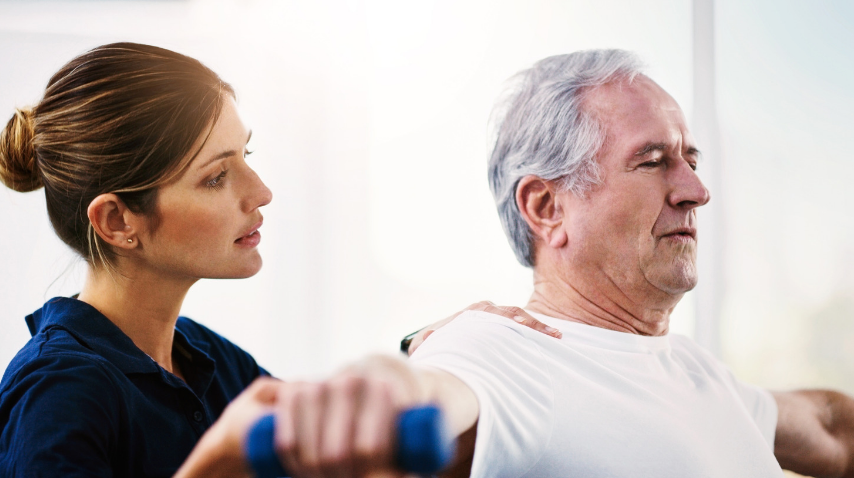
Exercise improves physical fitness and helps your loved one stay active. Seniors should participate in regular exercises that target their major muscle groups. Your loved one should perform aerobic exercises such as brisk walking, swimming, cycling, dancing, etc.
You can also encourage your senior loved one to engage in resistance training, which involves lifting weights. This type of exercise strengthens your body’s muscles, bones, joints, and tendons. Resistance training can improve balance and coordination while strengthening the core muscles.
It is vital for your loved one to set aside time every day to exercise. They should not spend all their time watching television or playing video games. Instead, they should make an effort to move around at least once a day.
3. Adjust Your Home Environment
A home environment is essential for good mobility. It can greatly affect the level of support and assistance needed from loved ones. A home environment that is not easy to navigate has cluttered spaces or is out-of-date can make standing and walk for your loved one more challenging. So make sure that your house is well-lit and spacious and that the furniture has sturdy supporting legs. These are important things that will make sitting and standing easier.
Increase the Height of Chairs
If you have too low chairs, your loved one may find it difficult to sit down and rise again. To ensure that your loved one does not fall over when getting up and down from a chair, increase the height of the seat. You can stack some books underneath the legs of your loved one’s chair so that it is raised. Or the ideal thing to do is to have furniture raisers.
Furniture raisers are ideal for raising furniture items like chairs, tables, beds, dressers, etc. Raising furniture can help your loved one stand up from a seated position without bending over.
Select The Right Seats
You should select a suitable seat for your loved ones to avoid the challenges they face when standing up and sitting down. During the selection, you should take note of the following things:
- Height: You should ensure the chair is tall enough that it is not too high and low so that your loved one can sit down and rise from the chair without falling over. Ideally, your loved one who struggles with getting up must test the chair; otherwise, you will just be guessing.
- Arms: A chair with arms is better than a chair without arms. If your loved one supports their upper body by resting an arm on the armrest, then they have better control when standing up. But make sure the arms are sturdy and can stand up to the weight of your loved ones.
- Size: The seat should be big enough to fit your loved ones’ body frame, as they may find it hard to rise from a small seat.
- Firmness: A soft seat can make your loved ones feel like they are sinking into it. Considering this situation, the seat should be firm enough to provide your loved ones with support and stability when sitting on it.
Select a Full Lift Chair
If you want your loved one to regularly stand up from a chair, you should install a lift chair. It is very comfortable for your loved ones and also very affordable. There are various types of lift chairs available in the market. You should go for a full lift chair so that your loved one can rise from a seated position with ease.
Install Rails
Installing rails in your loved one’s homes can help them move from one place to another without tumbling over. This rail can be installed on stairs, and it is easy to climb up or down using the handrail. The rail can also be installed on doorways and allows your loved ones to hold onto it for support.
4. Try Assist Tools
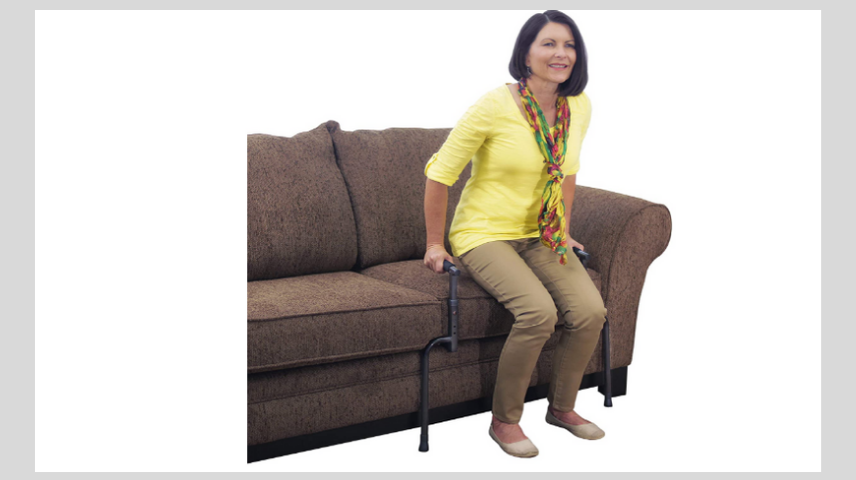
Assist tools can provide your loved ones with the right kind of support. They offer increased independence and help improve their self-esteem while reducing their dependency on caregivers and family members. Assist tools to include standers, walkers, rollators, and Able Life Universal Stand Assist.
5. Change The Techniques
If your senior loved one struggles with standing up and sitting down, you should try different techniques. If a certain technique hurts them or makes them feel uncomfortable, they should not use it. Instead, they can use an alternative technique that feels good to use. You might need to experiment with a lot of techniques before you find the right one for your loved ones.
6. Pay Attention to Seating
If your loved one has difficulty sitting down, you need to pay attention to how they are seating themselves. You should ask your senior loved ones if they are comfortable with the way they are sitting. Are they leaning forward? Or do they lean back? Your loved ones need to know what is comfortable for them so that they can adjust.
7. Have Constant Communication
If your loved one is struggling to move around for you, you should make sure that you talk with your loved one about how they are feeling. Conversations between you two will help them understand how their body is working. They can then use this information to modify their techniques and strengthen their muscles.
Wrapping It Up
Standing and walking can be a huge challenge for your loved ones, especially if they have been used to sitting for long hours at a time. Your loved ones will find it difficult to stand up from a seated position because they have lost their strength over the years. But with the right techniques and motivation, they can practice and become more capable of standing and walking again. By considering the valuable tips mentioned above, you can improve their mobility and keep them independent for a longer time.
There are times when you are not always there to help your loved ones. They may find themselves in a situation where they need to stand and walk on their own, and you cannot assist them. It is better to hire someone who will help them in this case. It can be with the help of personal care assistants and companion support. Serenity Senior Care offers this kind of service. They will help your loved ones to stand and walk again by providing them with the right kind of assistance.

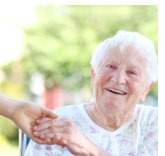
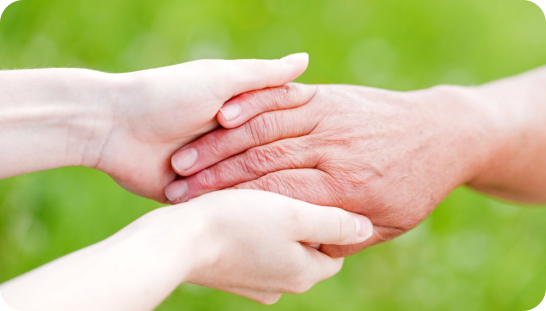
Pingback: Knee Pain When Standing Up From Sitting Position? - [Ideas]
Pingback: Groin Pain When Standing Up After Sitting? - Welcome to care and cure Hospital
Pingback: Signs of Mobility Problems to the Elderly You Must Watch Out For - InfoAging
Pingback: Why am I unable to walk properly after sitting? - Desert Life